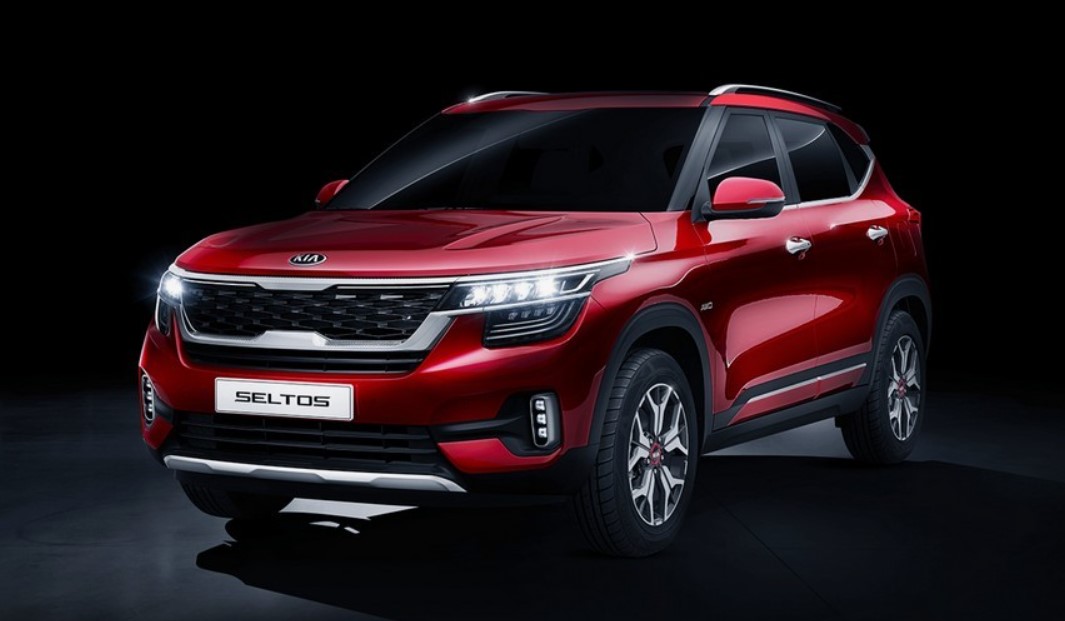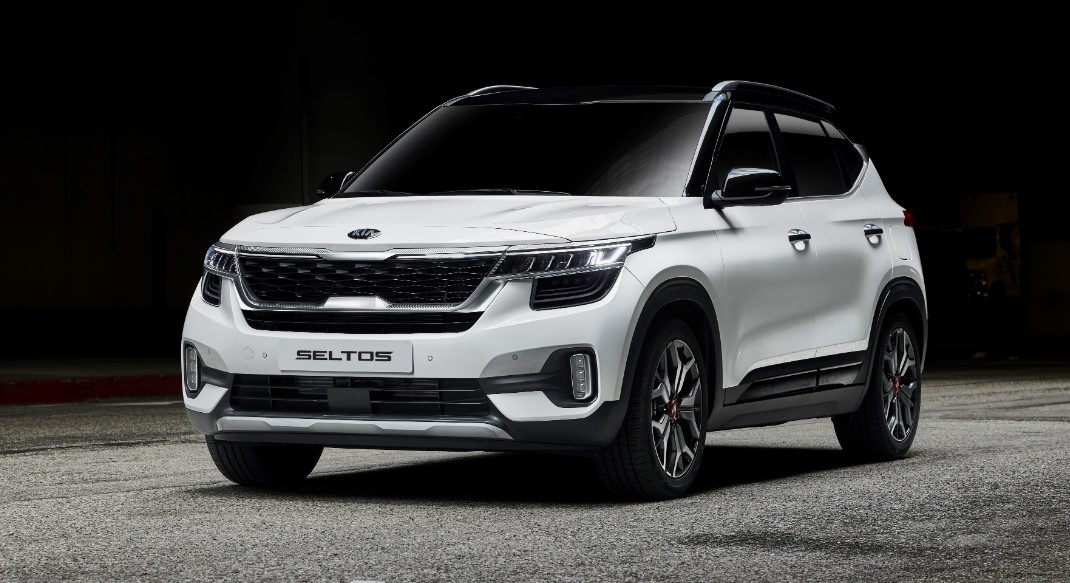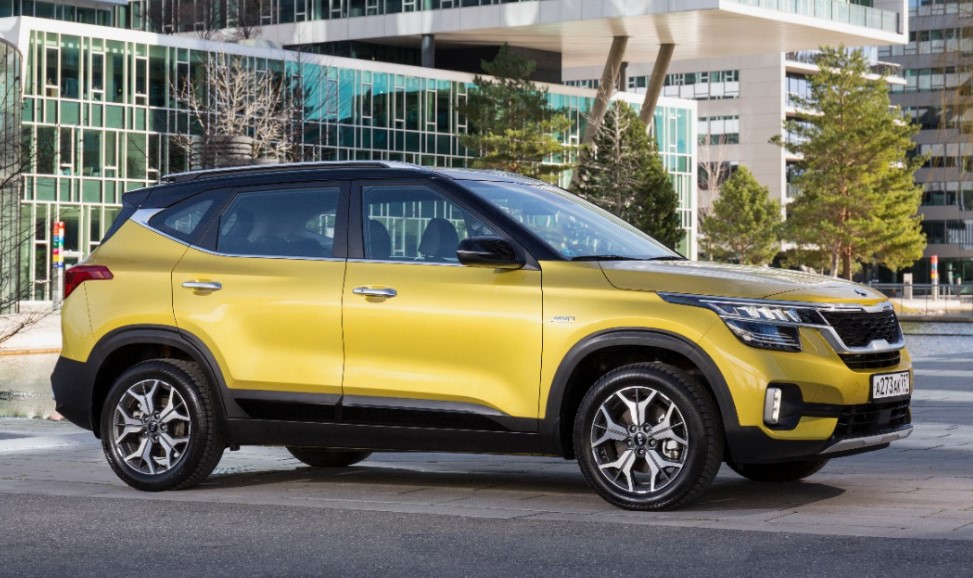Why Drivers Love Kia Cars: Design, Durability, and Innovation

Kia cars have consistently garnered a strong following worldwide for a combination of sleek design, durability, safety, and affordability. With roots that stretch back to 1944, Kia’s journey from a steel pipe manufacturer to one of the world’s leading automakers is as compelling as its cars. For those looking to rent a car Perth and experience these qualities firsthand, Kia offers a range of models perfect for any journey. Let’s explore why drivers around the world are drawn to Kia, from their unique design elements to their consistent innovation and reliability.
Distinctive Exterior and Timeless Design
One major reason Kia vehicles resonate with drivers is their timeless design. Even after a decade, many Kia models still look contemporary. This is largely thanks to the work of designers like Peter Schreyer, who was appointed Chief Designer of Kia in 2006. Schreyer brought to life the famous “tiger-nose” grille, which became the defining face of Kia’s vehicles and remains an iconic design element to this day. Unlike many brands whose designs seem to age quickly, Kia has struck a balance that makes its vehicles both modern and durable in appearance.
Safety as a Core Focus
Safety is a cornerstone of Kia’s appeal, and the brand is dedicated to keeping drivers and passengers secure on the road. Kia vehicles come equipped with a host of active safety systems, including Anti-lock Braking System (ABS), reinforced seat belts, airbags, and advanced driver assistance programs that mitigate the chances of accidents. The structural integrity of Kia vehicles is also impressive; the body of each model is made from high-strength steel and engineered to minimize damage in case of a collision, which has been proven through high crash-test ratings worldwide.

Durable Engines and Efficient Fuel Consumption
Kia’s engines are known for their durability. The average engine lifespan of a Kia is estimated between 350,000 to 400,000 kilometers, with the gearbox lasting around 250,000 to 300,000 kilometers. This longevity makes Kia vehicles a preferred choice for drivers seeking reliability. Additionally, Kia’s fuel efficiency is another appealing factor. With rising fuel costs and environmental concerns, Kia models are designed with economical fuel consumption in mind, making them a practical choice for both urban commuters and those who often drive long distances.
Thoughtfully Designed Interiors and Cargo Space
Inside, Kia vehicles are designed with passenger comfort and convenience in mind. Each car’s interior layout is optimized for maximum usability, with controls and buttons placed within easy reach of the driver. Kia also prioritizes ample storage space in the trunk, making its vehicles suitable for families and travelers who require space for luggage. The interiors of Kia models offer a blend of style and practicality, allowing drivers to experience both comfort and utility during their travels.
Predictable Handling and Versatility on Different Terrains
Kia cars are built for a variety of driving conditions, offering a balance of maneuverability for city streets and stability for rougher terrains. Their handling is predictable and responsive, which makes Kia vehicles particularly appealing to drivers who value control and confidence on the road. This versatility is seen across the model lineup, from compact sedans to larger SUVs.
A Look at Kia’s History and Milestones
The journey of Kia Corporation began in December 1944 when it was founded as a manufacturer of steel pipes and bicycle components. In the 1950s, Kia ventured into bicycle production and later into motorcycles, producing the Honda C100 motorcycle under license in 1961. As the company’s manufacturing capabilities expanded, it partnered with Mazda in the late 1960s to produce the T2000 and T600 three-wheeled models, which enjoyed significant popularity.
Kia’s automotive journey truly began in 1974 with the production of its first car, the Brisa sedan. Dubbed the “people’s car,” the Brisa marked the start of Kia’s transformation into a leading car manufacturer. In 1986, Kia introduced the compact Kia Pride, which became one of the brand’s best-sellers globally. It was followed by the iconic Kia Sportage crossover in 1993, which quickly became the brand’s hallmark and remains popular today.

Expansion, Innovation, and Global Reach
Kia became part of the Hyundai Motor Group in 1998, an acquisition spearheaded by Chung Mong-koo, a visionary leader in the Korean automotive industry. This merger gave Kia the financial strength and resources to expand its presence worldwide. Today, Kia manufactures over 3 million cars annually, with main markets in South Korea, the U.S., Western Europe, China, and India. It has several production facilities across the globe, including South Korea, China, Slovakia, the United States, Mexico, and India, supporting its growing market demand.
Notable figures in Kia’s history have shaped the brand’s identity and propelled it forward. For example:
🡪Peter Schreyer revolutionized Kia’s design language, making the brand’s vehicles instantly recognizable.
🡪Chung Eui-sun, Chairman of Kia Corporation, has guided the brand’s strategic direction, particularly in electric vehicle (EV) development.
🡪Chung Mong-koo played a pivotal role in Kia’s revival in 1998, saving it from bankruptcy and overseeing its integration into the Hyundai Motor Group.
Key Developments and Technological Advancements
Kia has a legacy of pioneering developments, such as:
🡪The first Korean gasoline engine (1972), which set the stage for Kia’s automotive innovation.
🡪The Pride minicar (1987), a model that was sold for decades in various countries without major design changes.
🡪The Imagine by Kia concept (2019), a vision for the future of EVs unveiled at the Geneva Motor Show, highlighting Kia’s shift toward electrification.
🡪Kia EV3 and EV4 concepts (2023), showcasing plans to launch affordable electric vehicles in the near future.
Kia’s electrification strategy is ambitious, with plans to introduce numerous EV models priced between $30,000 and $80,000 by 2025. The brand aims to expand its EV production facilities globally, with a target of having eight EV-focused production sites by 2025.
Interesting Facts About Kia
Early Presence in Russia
Kia was one of the first foreign automakers to enter the Russian market, establishing a joint venture in Kaliningrad in 1996.
Near Bankruptcy and Recovery
In 1998, an attempt to produce a sports car nearly led Kia to bankruptcy. However, Hyundai’s acquisition in the same year saved the company.
Influential Design Legacy
Peter Schreyer’s appointment as chief designer in 2005 marked a turning point in Kia’s design approach, influencing the entire automotive industry.
Limited Racing Presence
Kia doesn’t prioritize auto racing but boasts notable achievements in the Andros Ice Cup, with three championship titles from 2003 to 2005.
Sponsorship of Major Sports Events
Kia is a sponsor of significant sporting events, partnering with the NBA, WNBA, and major football championships globally.
Reliable Kia Models to Consider
Kia has a reputation for reliability, with several models recognized for their durability:
Kia Soul
Known for its smooth handling and comfortable suspension, this crossover is a favorite among urban drivers.
Kia Rio
Available as a sedan and hatchback, the Rio combines affordability with a robust engine.
Kia Forte
A compact sedan that offers reliability and fuel efficiency at a reasonable price.
Kia Cadenza
This model stands out for its spacious interior, advanced tech features, and high build quality.
Kia Sorento
A mid-size SUV rated highly by research groups like iSeeCars for its quality and versatility.
Conclusion
From their high safety standards and thoughtful design to their affordability and durability, Kia vehicles offer a compelling package for drivers seeking reliability, innovation, and style. With a deep commitment to technological advancement and a clear vision for an electric future, Kia continues to capture the loyalty of drivers around the world, evolving with each new model to meet the diverse needs of modern drivers.
Biker, shiba-inu lover, guitarist, Swiss design-head and multidisciplinary designer. Performing at the fulcrum of aesthetics and programing to create not just a logo, but a feeling. Let’s design a world that’s thoughtful, considered and aesthetically pleasing.

